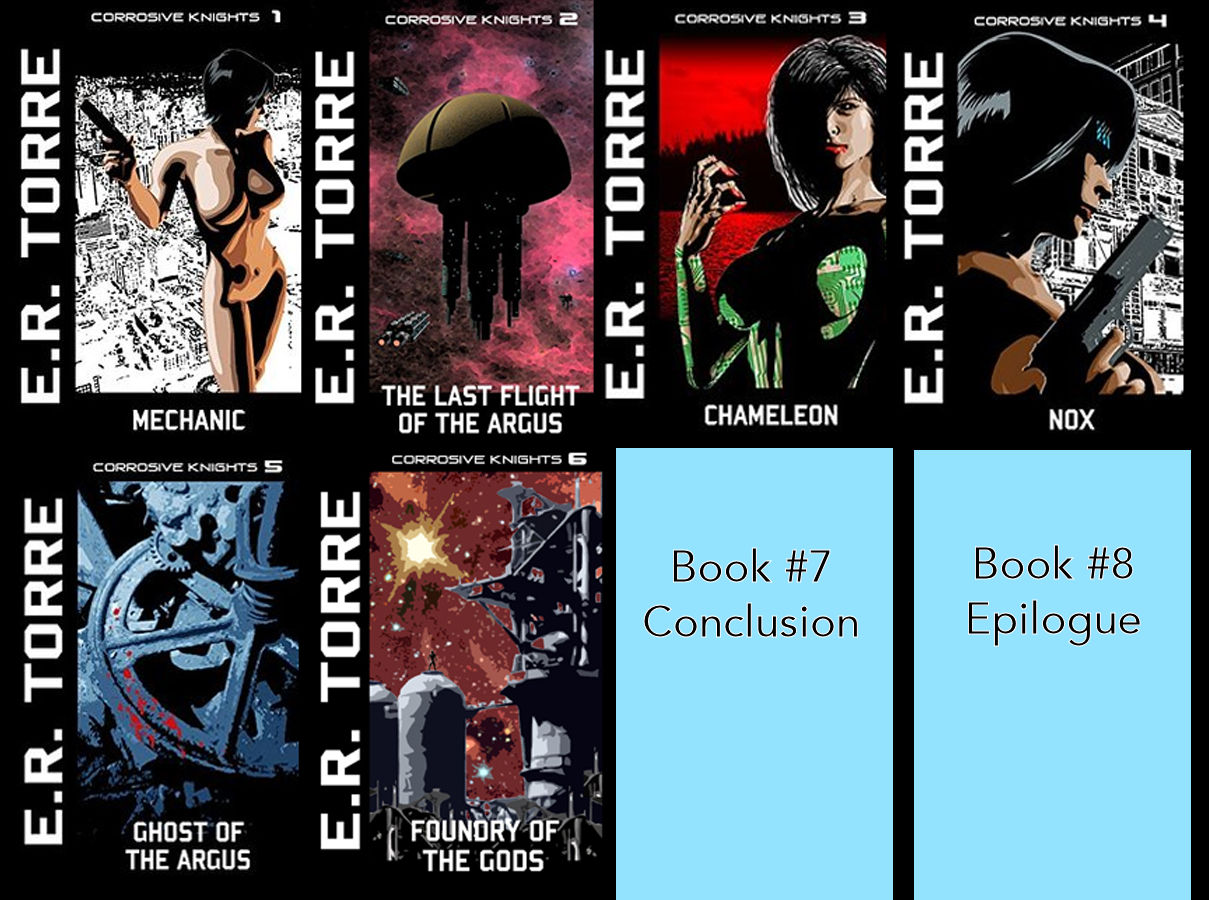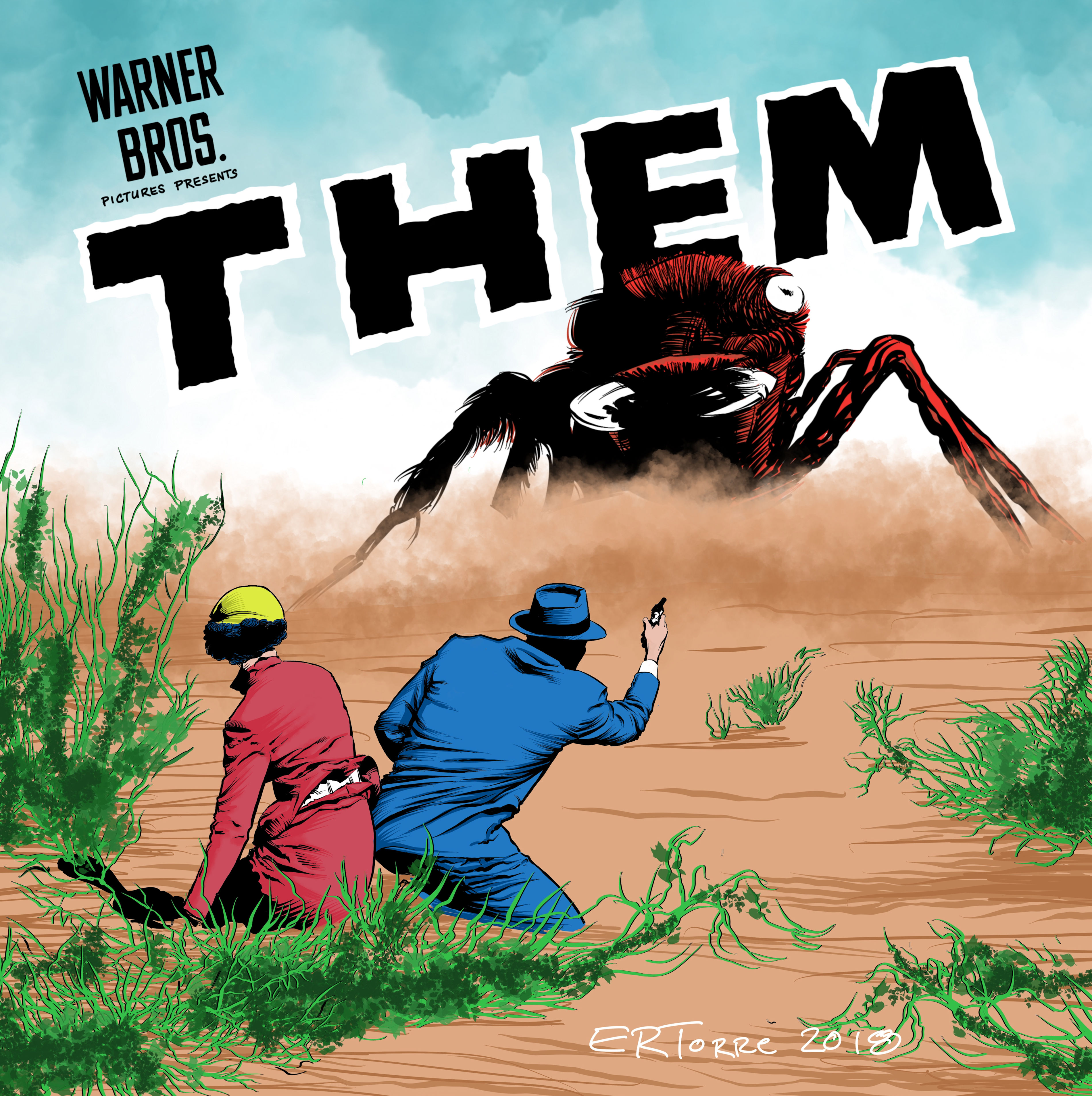Ok, third time I’m (over) dwelling on this topic that likely few care about outside of myself, but I stumbled upon this interesting article by Kory Grow and Andy Greene on RollingStone.com concerning…
How David Bowie’s biggest “disappointment” became a posthumous, reworked album
To those (1 or two out there, at least?!) curious, the article offers a history of Never Let Me Down, David Bowie’s 1987 album which he, and many fans out there, feel was his “worst” album, yet one that he also felt could be reworked/saved. This was done with the album, albeit posthumously, and the reworked album, along with a remastered version of the original, will be released in October along with plenty of other stuff in David Bowie’s mid-1980’s Loving The Alien box-set.
What I found most fascinating about the article is they go into what exactly was done to “rework” the album, essentially stripping down everything until all they had was Bowie’s singing and then adding things to it to create these new versions of the songs.
Equally fascinating is the fact that, inevitably, there would be those who are not happy with the fact that the album is as badmouthed as it is and, further, that it “needed” any fixing.
And in this case that individual would be… multi-instrumentalist Erdal Kızılçay, who in the article offers this nugget, found in the above article:
“(Never Let Me Down, the original release, is) like 80 percent me. I’m playing bass. I’m singing background vocals. I’m playing guitar. I’m playing acoustic guitar, keyboards, viola, trombone, trumpet, everything. And I had to arrange them and put some harmonies and (David Bowie) loved it. He really loved it. He was so proud of that album. That’s why he called me his ‘Invincible Turk.’ He praised it until the minute the reviews came in. Then he said, ‘It wasn’t me. It was the other people on the record.’”
Ouch.
I’ve noted before my love for David Bowie’s albums and further the fact that I would consider him my all time favorite musician… but as a person, I’ve read bits and pieces here and there about him which paints a picture of David Bowie -the person- as this: An almost otherworldly talented musician but something of a cutthroat when it came to relationships and projects.
Niles Rodgers, who was called in by David Bowie to produce Let’s Dance, polished the work and helped create what was David Bowie’s biggest selling album which launched him into what was his most successful era. Yet when it came time to produce the album’s follow up, I recall an interview (hope my memory isn’t faulty!) with Mr. Rodgers where he said he was willing and eager to get back into the studio with Mr. Bowie on his next album… but Bowie snubbed him and never called. He felt he was essentially dumped despite working so well with him.
Similarly, David Bowie famously dumped the “Spiders of Mars,” the band he had his first big hits with, and retired the “Ziggy Stardust” character while in a concert and to the shock of not only his fans but most of his band mates. This was their bread and butter and he didn’t feel the need to inform several of his band mates this would be it until announcing it for all in concert!
Further, when he grew bored with a style of music and/or it didn’t succeed as well as he hoped (and the above quote certainly hints to that), he was quick to dump it and move on to other things. This served him well at times, when he transitioned from the Glam Rock era to Soul to the “Berlin” trilogy but, again, it often involved cutting people he worked with -and who were making money/earning a living doing these projects- out.
He famously worked with Iggy Pop for a long time in the mid to later 1970’s, producing albums for him and, later on, doing cover songs of several of his (and Bowie) compositions, the most famous of which was China Girl. To be clear, he did this for the nicest of reasons: To help Iggy Pop get some residuals for his works.
And yet I recall an interview given by Iggy Pop a few years ago (and well before Mr. Bowie’s passing) where he was asked about his current relationship with David Bowie and he noted there essentially was none: that they hadn’t spoken in a number of years. I got the impression (again, if my memory isn’t faded/wrong) that Iggy Pop felt like Bowie dropped him and that was that.
The album 1. Outside, my favorite Bowie album from the later part of his career, was intended to be the first of at least two, perhaps three albums dealing with the turn of the Century. While the album has come to be looked upon as one of Bowie’s best by some such as me, the fact is it didn’t do too well when it was originally released, both critically and commercially, and Bowie dropped the project and any possible future albums involving this subject. For his next album, he moved right along to the electronica heavy Earthling (also quite a great album). 1. Outside was in the rear view mirror.
What does this all mean?
In the end, I suppose it is a source of curiosity if little else.
Erdal Kızılçay, in that same article, feels the remake of Time Will Crawl is awful -I don’t share that opinion- and I strongly suspect he’ll not like the remake album at all. He’s understandably proud of the work he did on the album even if many don’t like it all that much. Further, he states that if he doesn’t receive the proper credit for his work, even on the remade version of the album, he intends to sue.
Clearly, the man is angry about the whole thing and who am I to tell him he shouldn’t be. I wasn’t there during the recordings and I take his words at face value.
Still, it is a fascinating look behind the curtain and, if you’re as interested in these type of things as I am, you may want to give the article a read.
Like this:
Like Loading...





![Star Trek: Harlan Ellison's City on the Edge of Forever by [Ellison, Harlan, Tipton, Scott, Tipton, David]](https://images-na.ssl-images-amazon.com/images/I/514O5enB7TL.jpg) The original teleplay was adapted by writers Scott and David Tipton and illustrated -quite well!- by J. K. Woodward and, finally, I had a way to compare, almost one-on-one, the Star Trek episode with Mr. Ellison’s original screenplay.
The original teleplay was adapted by writers Scott and David Tipton and illustrated -quite well!- by J. K. Woodward and, finally, I had a way to compare, almost one-on-one, the Star Trek episode with Mr. Ellison’s original screenplay.